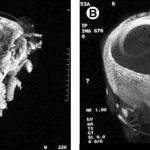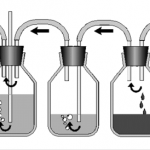Everyone knows that trauma is the number one killer of anyone age 1-44. The assumption is that if you sustain major injury and survive through discharge from a trauma center, you are home free. Unfortunately, this does not appear to be the case.
Arbabi and others from Harborview in Seattle looked at long term outcomes of 124,000 adult trauma patients treated over a 14 year period at any of Washington’s designated trauma centers.
During this period of time, in-hospital deaths decreased from 8% in 1995 to 4.9% in 2008. However, deaths after discharge increased from 4.7% to 7.4% during the same time interval. It appeared that older patients and those discharged to skilled nursing facilities (SNF) did particularly poorly after discharge. The risk of death after discharge to a SNF was 1.5 to 2x higher than normal. Yet mortality after discharge to an inpatient rehab facility was similar to that of patients sent home.
Bottom Line: Higher mortality in major trauma patients sent to a skilled nursing facility is likely a reflection of their age and severity of injury, as well as the services available there. Although patients with severe injuries may be sent to a rehab center, they typically must be able to participate in therapy for several hours a day. Those with more severe injuries that do not meet rehab criteria are typically sent to a SNF. This also explains why the authors found that patients with high ISS, low GCS, poor Functional Independence Measure and Medicare insurance had a higher likelihood of dying. This association should prompt us to look more thoroughly at these facilities to determine if they need additional oversight, more money or better rehab services.
Reference: Long-term survival of adult trauma patients. JAMA 305(10):1001-1007, 2011.


